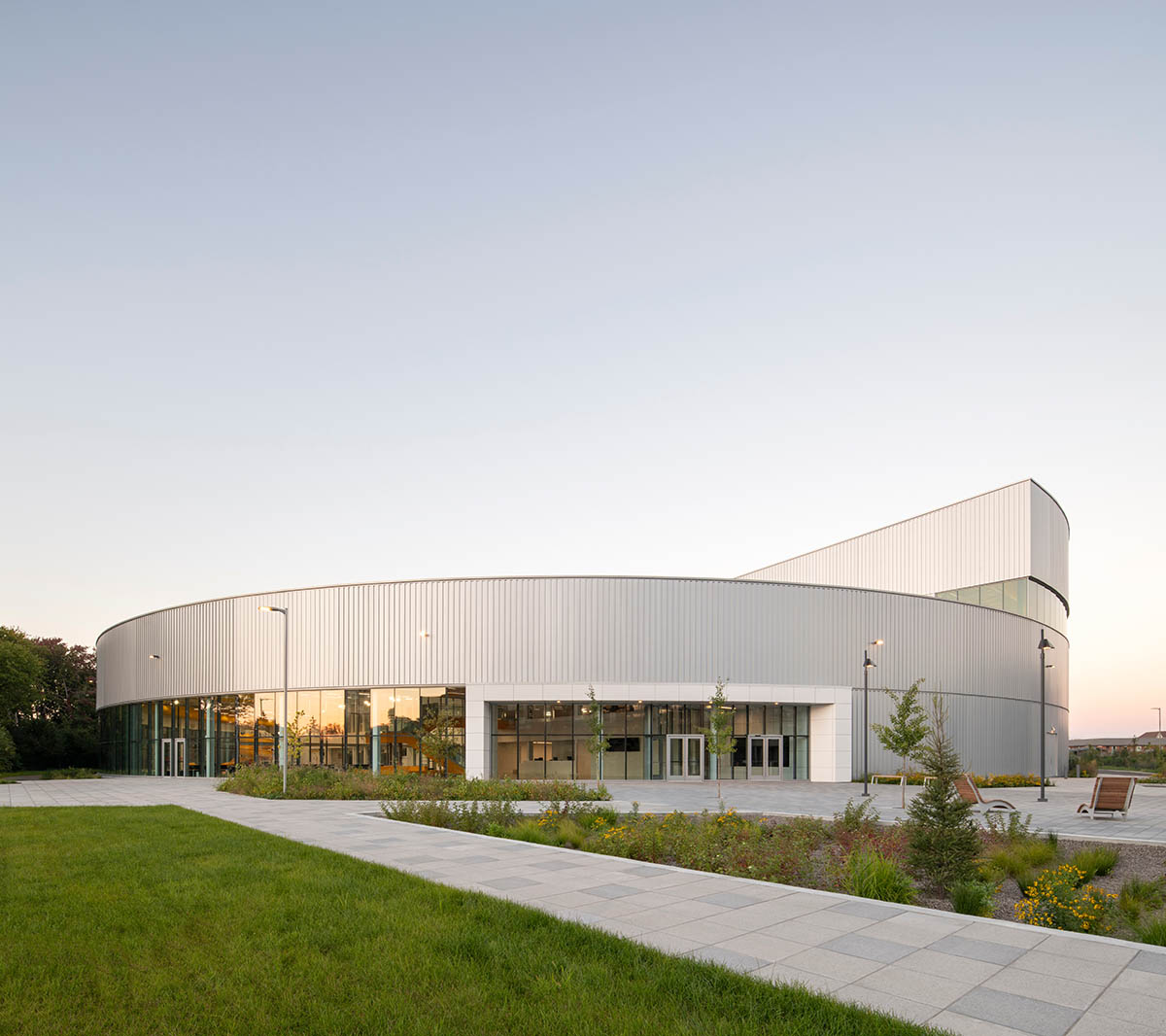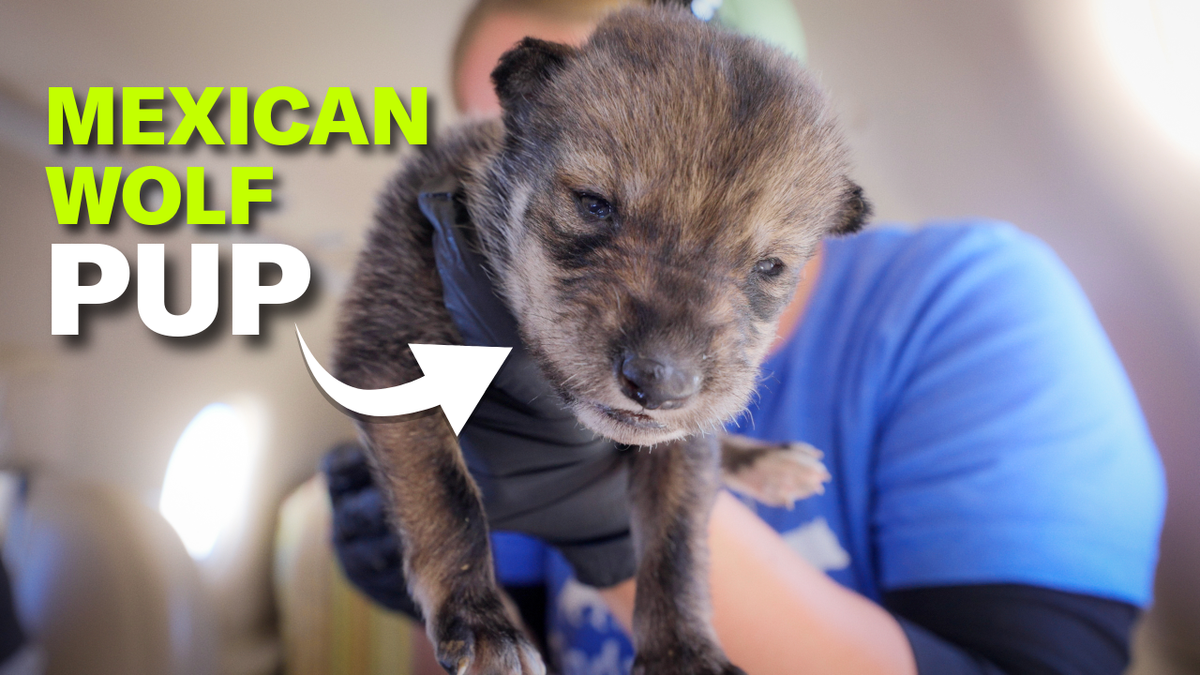
WWW.HOUSEBEAUTIFUL.COM
How Much Does It Cost to Stage a Home in 2025?
People will do almost anything to sell their homes as quickly as possible. From a fresh coat of paint to an overhaul of your entire landscaping plan, no tip or trick is off-limits. But sometimes your property doesnt need a major renovation or even a new color palette, it just needs to be staged the right way. Home staging is the not-so-secret tool realtors use to boost their listing prospects. Encompassing everything from rearranging furniture to adding in new decor and fresh flowers, home staging can take a good listing and make it even better. When it comes to selling your home, there are many factors to consider, from realtor commissions to home inspections, and while those costs tend to have a straightforward pricing structure, staging often feels more ambiguous. How much does home staging cost, and is it really worth the investment? The truth is, a professionally staged home not only attracts more buyers but can also lead to higher offers. We talked to professional home stager Terry Mainord to demystify the costs of home staging, share insider tips on budgeting, and explain the valuable role of home stagers. Whether youre preparing for your first listing or fine-tuning your approach, this comprehensive guide will answer the burning question: how much does home staging cost? Read on to learn everything you need to know about how to make your open house a winning success.Related StoriesHow Much Does House Staging Cost?FollowTheFlow//Getty ImagesThe overall cost of home staging can be broken into two key parts: a consultation and a per-room fee. The initial design consultation is typically a flat fee or hourly rate that's usually between $300 and $600, paid one time. Here, you and the stager will discuss your goals, the rooms that need staging, and in some cases, tour your home to finalize a game plan. Home staging costs vary drastically depending on where in the country you are. While I calculate staging budgets hourly, I present clients with a flat rate, explains Mainord. These costs cover my fee, assistants, movers for delivery and pickup (including tips), furniture rental, and transportation. Mainord also includes a purchase allowance for updating light fixtures and other necessary items that cannot be rented.The per-room cost is a specific number that is assigned to each room. According to the experts at Realtor.com, the average cost is between $400 and $600 per room. Areas that need less styling and furniture, like a kitchen or basement, will cost less than high-touch spaces like living rooms and bedrooms. Most professional home stagers will charge this fee monthly for however long it takes your home to sell, especially if you are using furniture and decor they provided. This means that a standard, single-family home would cost on average $2,000 per month to professionally stage, excluding the consultation fee. The higher costs associated with being in a major metro area like New York reflect increased expenses for warehouse storage, inventory, movers, and labor, says Mainord. My stagings can range from $6,000 to $35,000 for a 90-day period, depending on the property size and whether it's vacant or occupied. Occupied residences will cost more to stage as there is a greater likelihood for the rental furniture and decor to incur wear and tear.Related StoryWhat Exactly Does a Home Stager Do?A home stager is responsible for readying your homes interior for listing and viewing when it's time to sell. Stagers often rearrange furniture or bring in other pieces to best highlight your home. Home stagers are experts who understand what potential buyers are looking for and can outfit your property accordingly. This means that if a home office is a must-have in your area, but you dont have one, a stager can transform an extra bedroom or alcove into one by bringing in a desk and other corresponding furniture. Stagers are also great at eliminating clutter or clearing overcrowded spaces. Overall, a home stager implements a design strategy to help present your home to buyers in the best possible light.Is Staging Your Home Worth It?If youre looking to set yourself up for success in an already competitive real estate market, we say that staging your home is worth it. Home staging can spark bidding wars, faster-than-average sales, and even offers well above your original listing price or appraisal. Well-staged properties sell faster and at higher prices. Unlike virtual staging, physical staging allows buyers to envision living in the home, creating an aspirational and positive experience, says Mainord. Staging can highlight a home's strengths and minimize its weaknesses. Related StoryHome Staging Cost FAQsWhat Is Virtual Staging?As the name suggests, virtual staging is home staging, but entirely virtual or digital. A standard home stager uses real furniture in your actual home to enhance the appearance. Virtual staging, on the other hand, includes altered photographs of your home, adding furniture, changing paint colors, and making your home appear better than it does in real life. While this is legal, realtors must disclose if the listing photos have been digitally altered and enhanced. Virtual staging does not change the layout or structure of your home but uses rendering software to place furniture and other items in the photos used in the online listings. Does Home Staging Help Sell a House?Yes! Home staging can help a home sell faster and for above the asking price, according to Mainord. The experts at Realtor.com agree, and state that staged homes can sell from anywhere between 10 and 20 percent more than unstaged homes. Listings that have utilized stagers are usually on the market for a shorter time as well.How Can I Find a Home Stager?We recommend starting by asking your realtor. Because you want to work with a stager who understands what your local market looks for in a home, your realtor is the best resource to connect you.Related StoryFollow House Beautiful on Instagram and TikTok.Expert consulted:Terry MainordHome StagerA native of Houston, Texas, Terry comes from a diverse creative background that includes a BFA in fine art, masters work in film and photography at Syracuse University, and a long successful career in NYC as a fashion and prop stylist. Her numerous prop styling clients included high end home furnishings clients, magazines, and retailers such as Robert Allen Fabrics, Benjamin Moore, Michael Aram, Oneida, Nambe, The Peninsula Hotel, Arte Italica, Macys, Saks and others. Years of prop styling honed her eye to how things are going to look on film an invaluable skill for a stager along with a deep understanding of composition, color and scale. She takes a unique approach to each project, whether a staging or interior. Drawn to interiors which are modern yet timeless, her stagings & interiors are infused with a richness that comes from an eclectic mixture of elements. Terry Mainord Design is based in Brooklyn, NY.
0 Комментарии
0 Поделились












